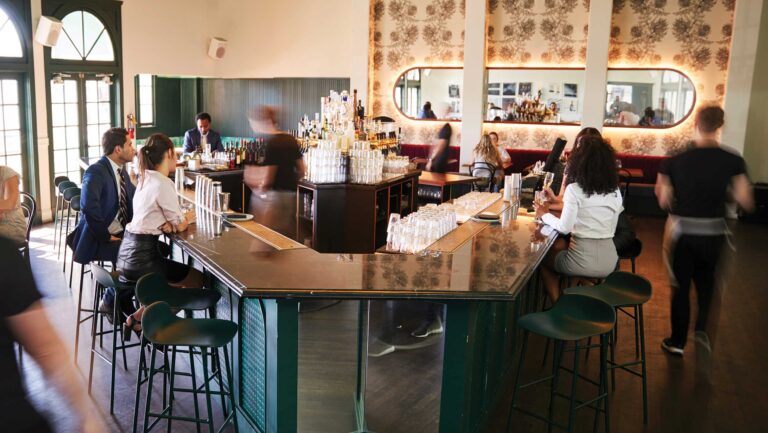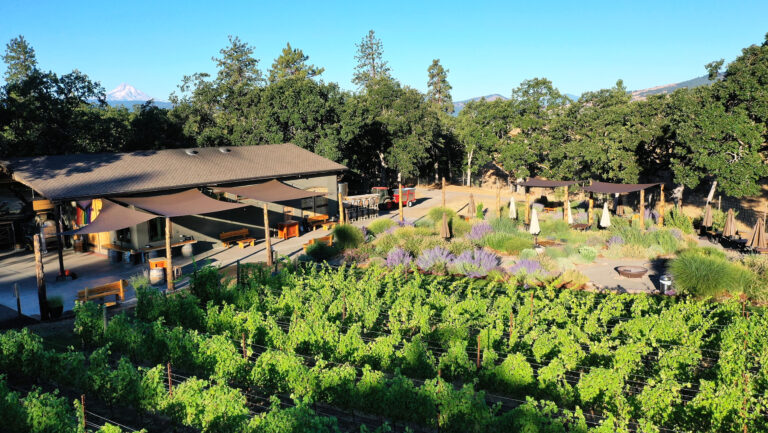Being a model of unwavering good service is essential for any beverage industry professional, but sommeliers and retailers may find themselves caught off-guard when confronted with certain misconceptions or unusual requests from customers. Whether they ask for a “big, bold” Pinot Noir or naively expect to find rare, back vintages on a store’s shelves, customers sometimes pose questions that require deft answers. SevenFifty Daily spoke to industry insiders about some of the typical misconceptions—and peculiar requests—they encounter, and their strategies for helping customers get what they want.
Is It Organic?
The simple term “organic” is the source of a lot of confusion for consumers interested in organic wines, mainly because its meaning varies depending on context. To start, each country sets its own standards for organic certification, so regulations vary around the world. In the U.S., the confusion is compounded by terms like “practicing organic,” which can be applied when wineries follow the organic principles outlined by the USDA but aren’t actually certified, or “certified organic grapes,” which pertains to organic practices in the vineyard but doesn’t certify vinification processes that may include the addition of sulfur dioxide.
Joe Baumgardner, the sommelier and cellar master at Avant Restaurant in San Diego, finds that while people often use the blanket term “organic” when requesting bottles of wine, they’re not necessarily aware of what its use on a particular label really means. He manages this situation by turning it into a conversation gateway—breaking down the different ways “organic” may be employed to categorize a wine and discussing the organic options on Avant’s menu. For guests who express greater interest, he takes the conversation a step further and introduces them to the concepts of biodynamic principles and SIP certification, a designation that focuses on the well-being of workers as well as on sustainability in the vineyard and winery.

Don’t miss the latest drinks industry news and insights. Sign up for our award-winning newsletters and get insider intel, resources, and trends delivered to your inbox every week.
Varietal Misconceptions
When customers know the style of wine they like, it can create an easy tableside conversation that can yield an array of appealing options. But Adam Jed, co-owner of Bluestem Brasserie in San Francisco, points out that guests often want wines they’ve seen talked about in movies like Sideways and Bottle Shock, regardless of how the style of such a wine jibes with their personal preferences. In Jed’s experience, this has led to a number of unconventional requests. In one case, a guest told Jed he liked “big, bold, in-your-face Cabernets” but was looking for a Pinot Noir with those same characteristics. Jed explained that there was no Pinot on the menu that expressed those classic California Cab qualities, and he described the heaviest Pinot on the menu, underscoring that it was not “anything like a Cab.” Rather than going with a Cab, the customer insisted on the Pinot, and upon tasting it, said it wasn’t “bold enough.”
Jed has learned that strongly dissuading customers often results in conflict, so his approach is to let the guests move forward with some trial and error. He brings the bottle they’ve requested and lets them taste it for themselves. It can become a teaching moment, in which the guests learn about grape varieties or varietal wines they weren’t previously familiar with. If it doesn’t meet their expectations? Jed will make an alternative suggestion, or as in this case, simply guide the patron back to the Cabernet section of the menu; the open bottle goes to a staff tasting.
Supply and Demand
In the age of Amazon, when everything seems to be just a click away, retailers frequently run into challenges when customers expect to find rare items or back vintages at a bottle shop. “I’ve had people ask for Japanese whiskies that aren’t in the market any more,” says Steve Knudson, the assistant manager and buyer at Wines Off Wynkoop in Denver. “I try to explain [why products aren’t available], then go from there.” To try to track a particular item down, he checks into the product’s availability and contacts distributors to see if they have anything in their portfolio that they haven’t recently updated. From there, he says, “I call around to restaurants to see if they have it. I try to exhaust all my resources before telling that customer it’s not available.” For something that’s rare but current, such as a 2013 Barolo from a particular producer, he steers customers to his shop’s selection and tries to find suitable alternatives.
The Customer Is Always Right
Brady Brown, a sommelier at Atrium Dumbo in Brooklyn, New York, remembers trying to keep his composure through one interaction. “I had a gentleman come in—I’m pretty sure he was on a date,” he says, ”and order a 1997 Moccagatta Barbaresco. Super tasty, one of my favorites. We keep everything about cellar temperature, so when I bring the bottle to the table, he feels it and says, ‘Oh, it’s got a little bit of a chill.’ I explain how we store our red wines, and he asks, ‘Is there a way you can maybe warm it up?’ I respond, ‘Absolutely—we can decant it and let it warm up naturally.’ But [then] the customer says, ‘I might have misspoken. I don’t want it warmed up; I want it hot.’ That kind of threw me for a loop, so I ask, ‘Room temperature?’ But the customer says, ‘No, I want almost coffee level.’” Brown says nobody had ever asked him that before. “But if that’s what the guest wants,” he says, “that’s what he’s going to be happy with.” He then grabbed an ice bucket, filled it up with hot water from the tap, decanted the wine, swirled the decanter in the ice bucket until it got up to temperature, and then poured. “He was thrilled we did it for him.”
In the end, customer satisfaction is the main goal for all industry professionals, even if it takes a wine latte to achieve it.

Dispatch
Sign up for our award-winning newsletter
Don’t miss the latest drinks industry news and insights—delivered to your inbox every week.
Shana Clarke is a wine, sake, and travel writer, and the author of 150 Vineyards You Need To Visit Before You Die. Her work has appeared in Saveur, Fortune, NPR, Wine Enthusiast, and Hemispheres. She was shortlisted for the Louis Roederer 2020 International Wine Writers’ Awards and ranked one of the “Top 20 U.S. Wine Writers That Wineries Can Work With” by Beverage Trade Network in 2021. She holds a Level 3 Advanced Certificate from Wine & Spirit Education Trust and is a Certified Sake Sommelier. She will always say yes to a glass of Champagne. Learn more at www.shanaspeakswine.com and follow her @shanaspeakswine.







